Top Rated Vinyl Siding i...
- Mon to Fri: 09:00 am to 07:00 pm
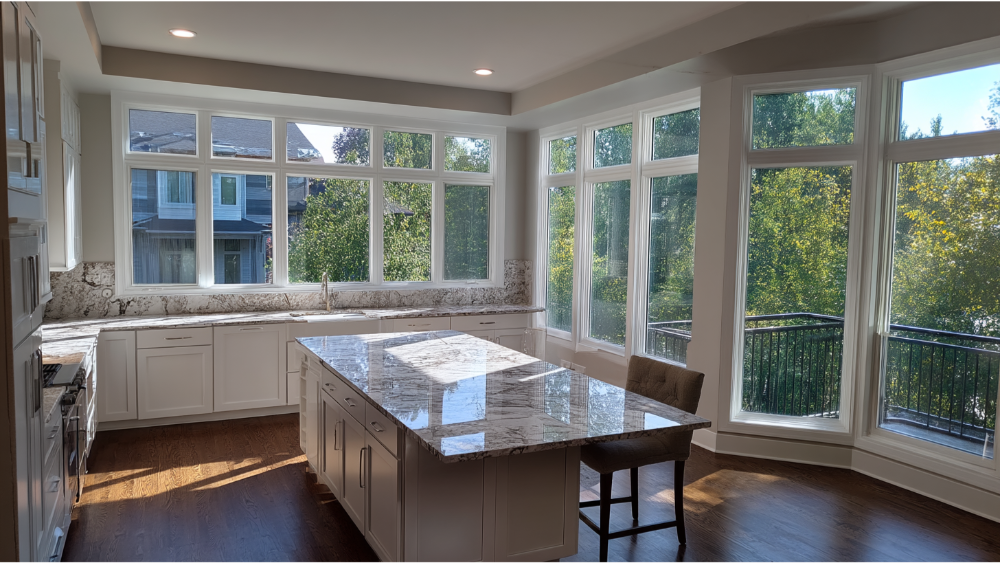
When upgrading your home’s windows, choosing between vinyl vs fiberglass windows is more than just a style decision. The right material impacts your energy efficiency, durability, and the long-term performance of your investment. Whether you’re in Rocklin, Sacramento, or the greater Bay Area, the local climate demands window materials that can handle temperature swings, resist warping, and provide a tight seal that protects your home from drafts and water leaks.
At Pro Superior Construction, we specialize in professional installation of both fiberglass and vinyl windows. We’re here to help you compare window types, understand how each frame material performs, and guide you toward the best solution for your property’s needs and budget.
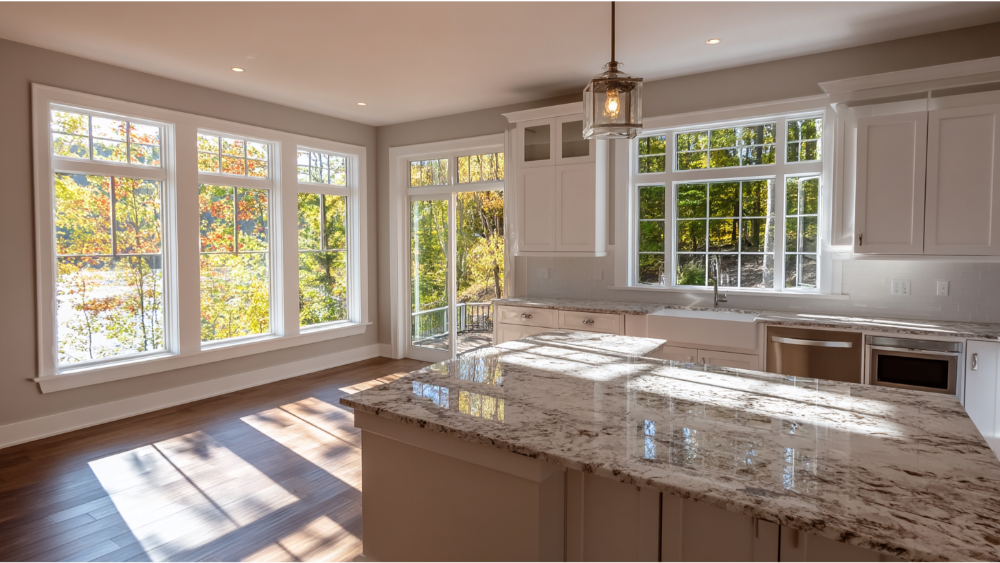
Vinyl windows are made from polyvinyl chloride, a synthetic plastic polymer that is widely used in everything from piping to medical devices. In window construction, it provides a cost-effective, durable, and low maintenance material that is especially popular among homeowners looking to replace their windows without a high upfront cost.
Vinyl windows typically come with hollow frames, though some high-end options include internal reinforcements for added strength. While they can’t be painted after installation, they are available in a range of factory-finished colors.
Cost Effectiveness: Vinyl windows are one of the most affordable replacement windows on the market. For homeowners prioritizing cost without compromising too much on performance, vinyl is often the go-to.
Low Maintenance: Unlike fiberglass or wood windows, vinyl requires almost no upkeep. It won’t peel, rot, or rust, and cleaning usually takes nothing more than soap and water.
Good Energy Efficiency: Though fiberglass offers better insulation overall, vinyl still performs well. Modern vinyl window frames feature multi-chambered profiles that provide decent insulating properties, often enhanced by gas fills within the glass units, contributing to reduced energy bills and improved comfort.
Quick Installation: Vinyl is a flexible material that’s lightweight and easy to work with. This can result in faster installation times, which means fewer labor costs and disruptions to your schedule.
Limited Design Options: Vinyl and fiberglass differ in terms of flexibility. Vinyl cannot be painted or stained, so you’re locked into the color you choose at the time of order.
Less Durable in Extreme Temperatures: Vinyl tends to expand and contract with temperature swings, particularly in areas with extreme heat or cold. Over time, this can lead to seal failure, causing water leaks or fogged glass panes.
Shorter Lifespan: While durable, vinyl windows typically last between 20 to 40 years depending on exposure and usage. Compared to fiberglass frames, their structural integrity may decline more quickly under harsh conditions.
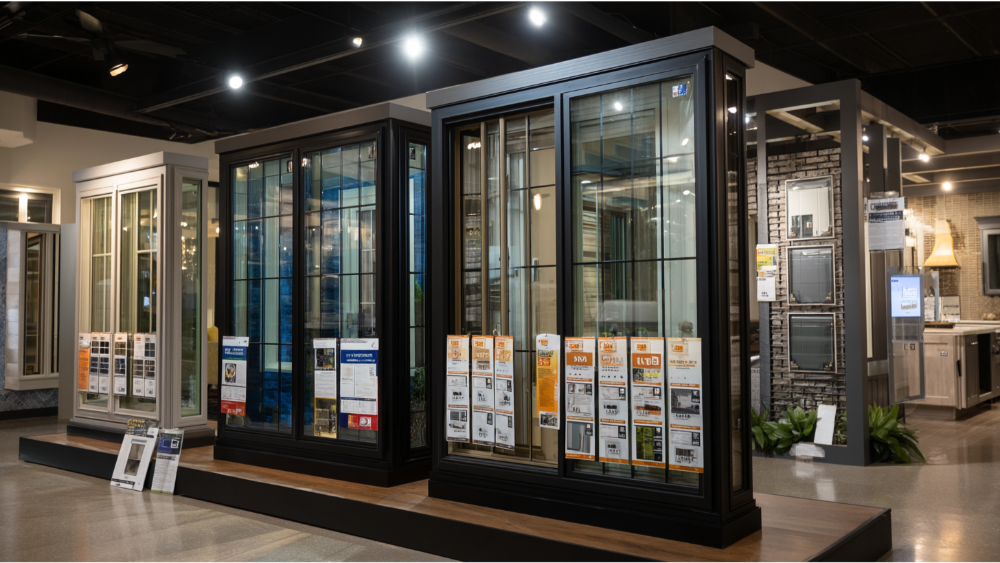
Fiberglass windows are constructed using glass fibers embedded in a resin matrix, resulting in extremely strong fiberglass window frames that outperform many other window materials. These frames are created through a pultrusion process that yields unmatched rigidity, thermal performance, and resistance to temperature-related expansion.
Fiberglass frames are often filled with insulating foam and can be painted, giving you flexibility in terms of window appearance and custom color matching. Their structure makes them especially ideal for larger window sizes or homes exposed to extreme temperatures. The glass base used in fiberglass windows also enhances their strength and energy efficiency.
Durability: Fiberglass resists warping, corrosion, and cracking even in California’s varied climate. Fiberglass windows require little maintenance and can last 50 years or more, especially when installed by professionals.
Superior Energy Efficiency: Thanks to their rigidity and low expansion rates, fiberglass maintains a tight seal longer than vinyl. The result is better insulation, fewer drafts, and lower energy consumption. Many fiberglass windows include advanced glass packages with gas fills and triple pane glass options that further improve thermal performance.
Better Aesthetics: Fiberglass windows offer thinner frames, allowing more glass and more natural light into your space. They can also be finished to mimic the texture and look of real wood, appealing to homeowners looking to blend traditional and modern aesthetics.
Eco-Friendly Composition: Fiberglass is often made with recycled glass, making it a more sustainable choice compared to vinyl. Fewer replacements and less landfill waste also mean a lower environmental footprint over time.
Higher Cost: Fiberglass windows cost more than vinyl options. Depending on the brand, size, and style, fiberglass windows cost anywhere from $500 to $3,000 per unit including installation.
Heavier and Rigid: The strength of fiberglass comes at the price of flexibility. Professional installation is highly recommended for fiberglass windows to avoid damage and ensure a proper fit.
Requires Occasional Painting: Although fiberglass doesn’t warp or fade easily, some finishes may need repainting after decades of exposure to sunlight.
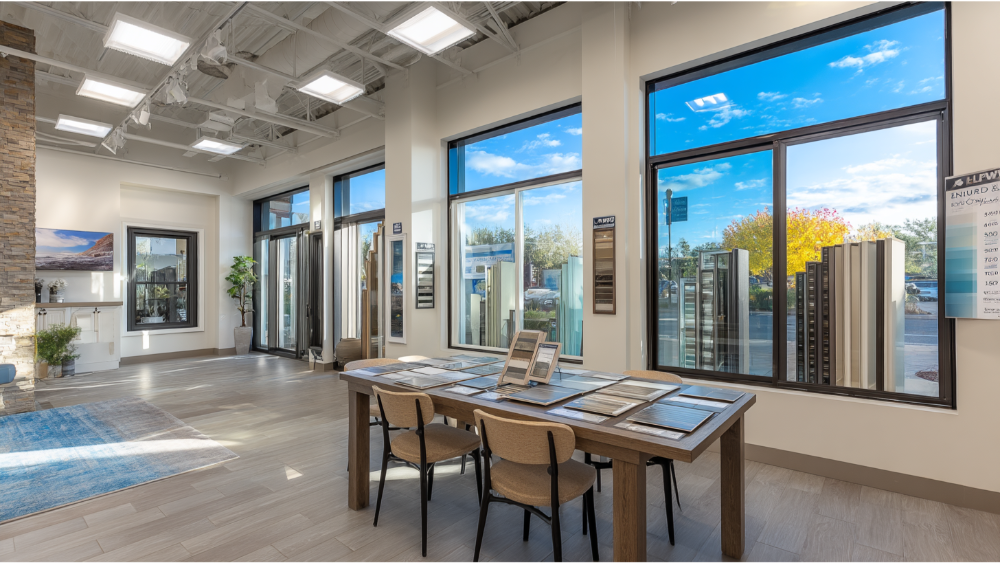
Fiberglass windows offer superior energy efficiency due to their low thermal expansion rate and more stable frame material. Their ability to hold a tight seal over time reduces the risk of air leakage and increases overall insulation. While vinyl windows can still perform well, they are more prone to expanding and contracting, which can lead to gradual seal failure.
When comparing fiberglass to vinyl, the structural integrity of fiberglass is unmatched. It handles stress better, resists warping, and stands up to wind, heat, and heavy rains. Vinyl, being a more flexible material, performs adequately but may not last as long in areas with temperature extremes.
Fiberglass and vinyl both come in various colors, but fiberglass wins when it comes to customization. It can be painted to match existing trim or exterior styles and supports thinner frames for a sleek, modern look. Vinyl windows offer less glass and fewer options, especially if you’re looking for a wood-like appearance.
Vinyl is clearly the more cost effective option upfront. However, fiberglass may save money long term thanks to its better insulation, reduced energy costs, and longer lifespan. Homeowners seeking long-term value often find that fiberglass offers a better return on investment.
Both vinyl and fiberglass windows require professional installation to perform their best, but fiberglass frames are heavier and less forgiving during installation. Fiberglass windows require precision fitting, while vinyl can be more easily adjusted. In terms of maintenance, both are low maintenance, though fiberglass may eventually need repainting.
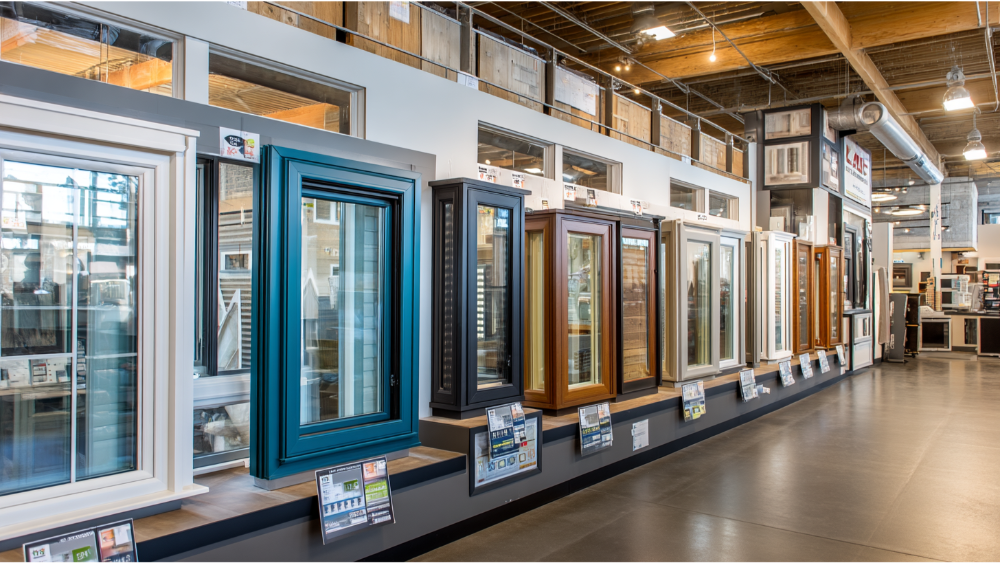
Some homeowners consider wood windows or composite windows, which blend materials like wood and resin. Wood offers traditional charm and insulating properties but requires far more upkeep. Composite windows, like fiberglass and vinyl, offer a mix of performance and style. However, when comparing fiberglass to composite, fiberglass offers better thermal performance and lower expansion rates, making it the more durable and energy efficient option.
At Pro Superior Construction, we provide expert advice, certified installation, and high-quality products tailored to your needs. We offer both fiberglass and vinyl windows from trusted brands like Marvin, Simonton, and Milgard. Whether you’re focused on curb appeal, energy bills, or long-term durability, our team will help you find the right solution.
We also provide triple pane glass upgrades and new windows options, which offer even better insulation and sound reduction. If you’re concerned about energy consumption, these options—combined with fiberglass window frames—can dramatically improve the performance of your home.
Explore our full range of window replacement services
Yes. Though fiberglass windows cost more, they offer better insulation, longevity, and a higher resale value for your home.
Vinyl windows typically last 20 to 40 years depending on exposure and maintenance.
Fiberglass windows provide better insulation, maintain a tighter seal longer, and reduce energy consumption more effectively than vinyl windows.
Yes. Fiberglass window frames are paintable and can be finished to match your home’s exterior or interior color scheme.
Yes. Both fiberglass and vinyl windows are low maintenance, although fiberglass may need repainting after many years.
Composite windows combine different materials, such as wood and plastic, while fiberglass windows are made from glass fibers embedded in resin. Fiberglass offers greater strength, lower expansion, and better thermal performance.
Yes. Fiberglass windows are considered a premium product and can contribute to higher resale value thanks to their energy efficiency and durability.
The decision between vinyl vs fiberglass windows ultimately depends on your budget, goals, and how long you plan to stay in your home. Vinyl windows are cost effective, low maintenance, and great for short-term improvements or mild climates. Fiberglass windows, on the other hand, offer superior performance, long-term value, and better insulation, especially in homes exposed to extreme heat or temperature swings.
No matter which option you choose, Pro Superior Construction is here to guide you. Our expert team will help you compare window types, explain your choices clearly, and ensure a flawless professional installation.
Ready to get started? Contact us today for a free consultation on fiberglass and vinyl window replacements.